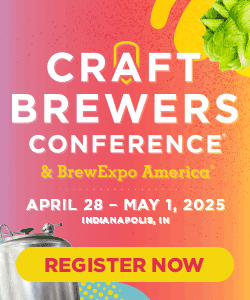Welcome to start a brewery
Start A Brewery is a free resource of resources for the craft brewing industry. You can find information on everything from creating your business plan to distributing your product.
BECAUSE YOU DON’T KNOW WHAT YOU DON’T KNOW
The most common question we are asked is “Where Do I Start?”
We have identified 4 stages of brewery development to help you create your brewery roadmap: Plan, Act, Open and Grow. Each stage has a page with a detailed task list for each relevant category. Even after you are open, it is helpful to revisit these task lists.
PLAN: From visualizing and outlining your project to connecting with applicable industry professionals, this is where you build the foundation for your business.
ACT: From your first financial outlay to opening the doors for business, this stage is when all of the action takes place; building, furnishing, and operationalizing everything.
OPEN: From the first day you are open for business until you’re in a position to consider growing, you’re creating systems, streamlining, and working with your team to impress your customers.
GROW: When you start considering updating equipment, additional brewing space, more seating space for the existing brewery, or a completely new location, you’re moving past Open to Grow.
EVERYONE NEEDS A FRIEND IN THE BUSINESS
We have gathered a group of craft beer industry veterans, our community of Contributors, willing to offer their knowledge and experience to benefit start up and young small breweries. Our goal is to provide a comprehensive collection of resources in various formats like print, podcasts, and videos to inspire and assist you throughout your journey.
Need more information
on a particular area?
Visit our Category Pages:
Thank you to our START A BREWERY Advertisers

Our Contributors come from every part of the brewing business.
Visit the Contributors page for more details about how they can help you!
-
Secure/raise financing
-
Build your brewery
-
Establish vendor relationships





























